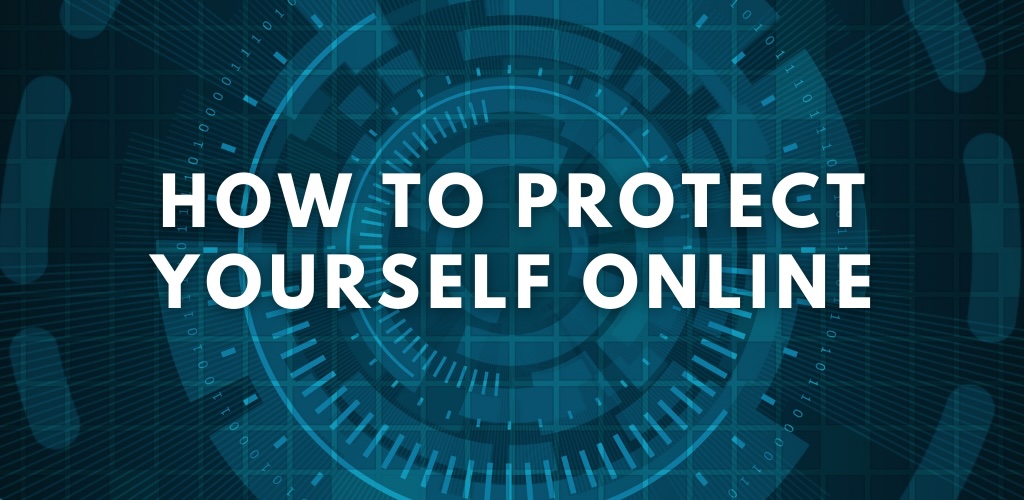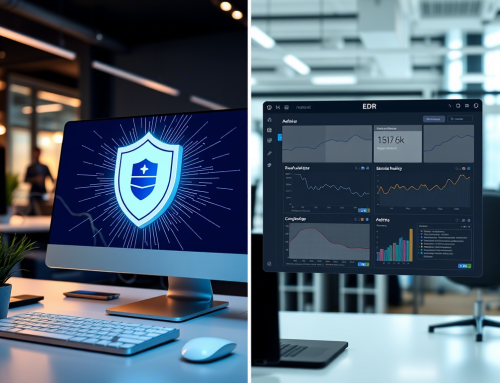In today’s digital age, online security is more critical than ever. With the increasing use of the internet for various activities, from social networking to financial transactions, safeguarding your online presence has become essential. This blog will delve into how you can secure yourself online from an Open Source Intelligence (OSINT) perspective.
Understanding OSINT
Open Source Intelligence (OSINT) refers to the practice of collecting and analyzing publicly available information from various sources. This information can be gathered from social media, forums, websites, and other online platforms. While OSINT is often used for investigative purposes, it can also be leveraged to enhance personal online security.
Steps to Secure Yourself Online
1. Conduct a Personal OSINT Audit
Start by conducting an OSINT audit on yourself. This involves searching for your name, email addresses, phone numbers, and other personal information online to see what information is publicly accessible. Use search engines, social media platforms, and specialized OSINT tools to gather this data.Training Resource: Cybersecurity Audit Certificate – ISACA
2. Manage Your Digital Footprint
Your digital footprint consists of all the information you leave behind when using the internet. To manage it effectively:
- Review Privacy Settings: Regularly review and update the privacy settings on your social media accounts to control who can see your information.
- Limit Personal Information: Avoid sharing sensitive information such as your home address, phone number, and financial details online.
- Delete Unnecessary Accounts: Remove old or unused online accounts to reduce the amount of personal information available.
Training Resource: Digital Footprint – Coursera
3. Use Strong, Unique Passwords
Passwords are the first line of defense against unauthorized access. Follow these guidelines:
- Create Strong Passwords: Use a combination of upper and lower case letters, numbers, and special characters.
- Unique Passwords: Avoid using the same password for multiple accounts.
- Password Manager: Consider using a password manager to store and generate strong passwords.
Training Resource: How to Create a Strong Password in 7 Easy Steps – Terranova Security
4. Enable Two-Factor Authentication (2FA)
Two-factor authentication adds an extra layer of security by requiring a second form of verification in addition to your password. Enable 2FA on all accounts that support it, such as email, social media, and financial services.Training Resource: Two-factor Authentication for Beginners – Freedom of the Press Foundation
5. Be Wary of Phishing Attacks
Phishing attacks involve tricking individuals into providing personal information through deceptive emails or websites. Protect yourself by:
- Verifying Email Sources: Check the sender’s email address and look for signs of phishing, such as spelling errors or suspicious links.
- Avoiding Clicks on Unknown Links: Do not click on links or download attachments from unknown or untrusted sources.
- Using Anti-Phishing Tools: Utilize browser extensions and security software that provide phishing protection.
Training Resource: Teach Employees to Avoid Phishing – CISA
6. Secure Your Devices
Ensure that your devices are secure by:
- Updating Software: Regularly update your operating system, browsers, and applications to protect against vulnerabilities.
- Using Antivirus Software: Install reputable antivirus software to detect and remove malware.
- Encrypting Data: Use encryption tools to protect sensitive data on your devices.
7. Monitor Your Online Presence
Continuously monitor your online presence to detect any unauthorized use of your information. Set up alerts for your name and other personal details to receive notifications when they appear online.
8. Educate Yourself on Online Security
Stay informed about the latest online security threats and best practices. Follow reputable sources and consider taking online courses or attending webinars on cybersecurity. Securing yourself online requires a proactive approach and continuous effort. By leveraging OSINT techniques, managing your digital footprint, using strong passwords, enabling two-factor authentication, and staying vigilant against phishing attacks, you can significantly enhance your online security. Remember, the more informed and prepared you are, the safer you will be in the digital world.





